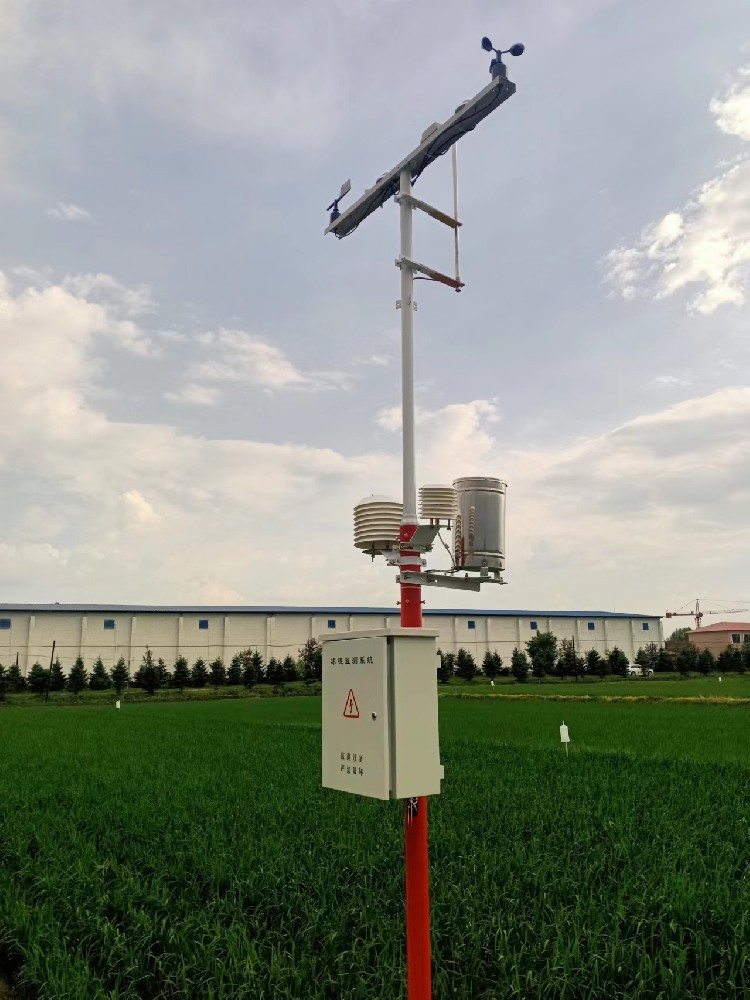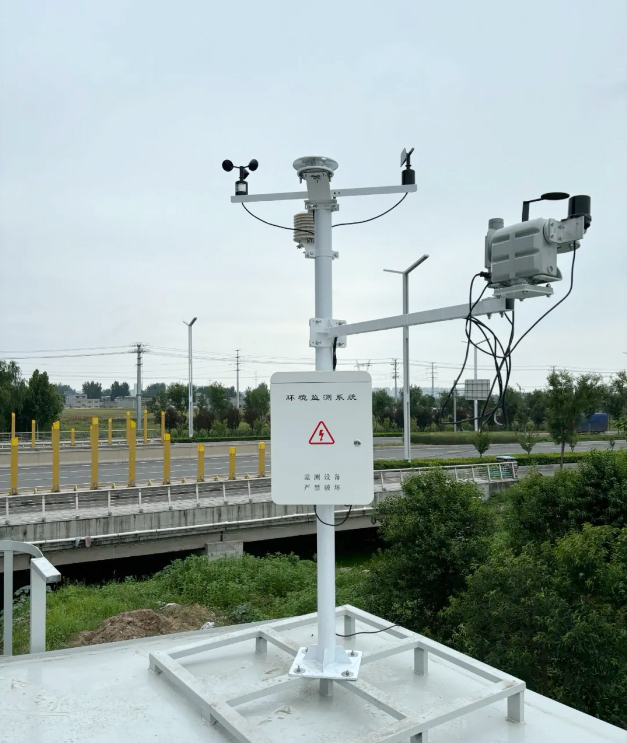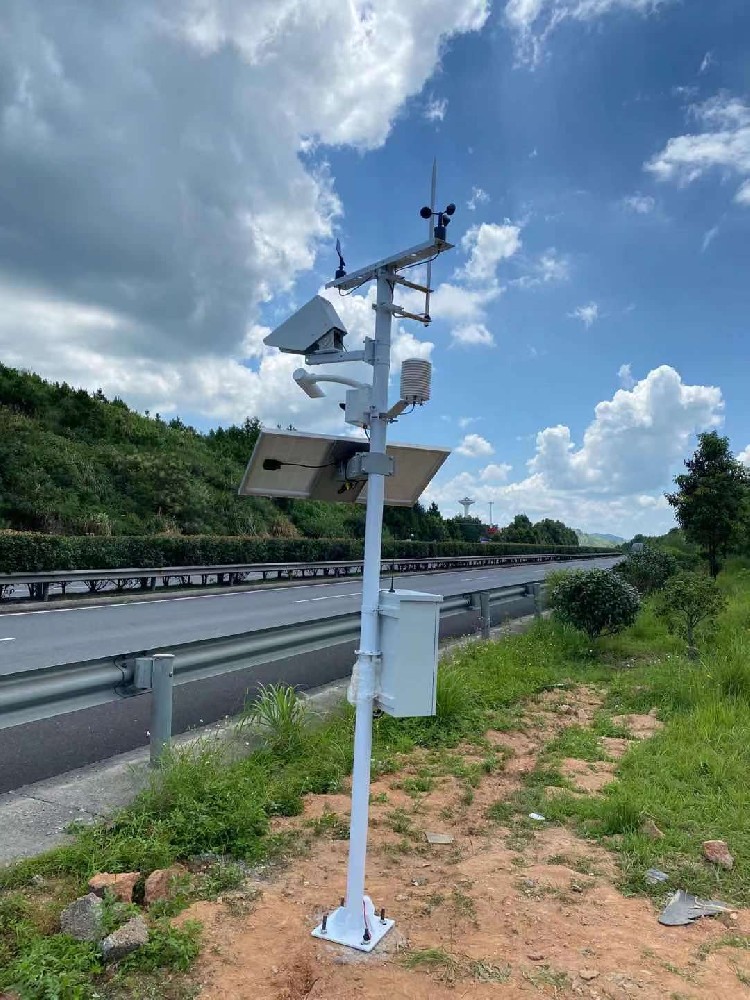

— Blogs —
—Products—
 Consumer hotline +8618073152920
Consumer hotline +8618073152920 WhatsApp:+8615367865107
Address:Room 102, District D, Houhu Industrial Park, Yuelu District, Changsha City, Hunan Province, China
Product knowledge
Time:2024-11-24 15:33:21 Popularity:851
In the age of electronic information, despite the tremendous advances in technology, natural disasters remain an uncontrollable force. To gain deeper insights into nature, predict weather changes, and reduce the damage caused by natural disasters, research meteorological stations have been developed. This article will explore the definition of research meteorological stations, their importance, and the key factors to consider during installation.
A research meteorological station is a high-precision meteorological observation system that integrates various meteorological monitoring devices. It typically includes sensors for environmental temperature, humidity, wind speed, wind direction, radiation, and other parameters, as well as key components such as data collectors, protective enclosures, data transmission systems, and power supply systems. These devices work together to continuously collect and transmit meteorological data, providing valuable information support for scientific research, weather forecasting, agriculture, environmental protection, and more.
- Research meteorological stations continuously and in real time monitor meteorological factors, providing a more accurate data foundation for weather forecasting, thus improving forecast accuracy and timeliness.
- In fields like meteorology and environmental science, the data provided by research meteorological stations is indispensable. These stations help scientists uncover the essence of meteorological phenomena and promote the refinement and development of related theories.
- Meteorological conditions have a crucial impact on agricultural production. Research meteorological stations can monitor weather factors beneficial or harmful to crop growth, offering scientific planting advice to farmers.
- By monitoring pollutants in the atmosphere, temperature, humidity, and other meteorological parameters, research meteorological stations help assess environmental quality and provide data support for environmental protection work.

- Choose open, flat locations, far from tall buildings and tree cover, to ensure the accuracy and representativeness of data.
- Based on geological conditions, select an appropriate infrastructure, such as concrete foundations or tripod mounts, and ensure stable installation.
- Select suitable sensor types based on monitoring needs, such as temperature, humidity, wind speed, and wind direction sensors.
- Choose stable, high-precision data collectors and transmission systems to ensure data reliability and real-time performance.
- Consider the stability and sustainability of the power supply, such as municipal power, solar power, or hybrid power systems.
- In coastal or high-wind areas, enhance the equipment's wind resistance, such as by installing wind-resistant guy wires.
- For stations installed on rooftops, lightning protection measures should be taken, including the installation of lightning rods to protect equipment from lightning strikes.
- Plan the wiring layout carefully to ensure electrical safety while maintaining the aesthetic appearance of the building.
- Ensure electrical wiring is encased in PVC pipes to prevent water leakage, and install air switches to prevent safety accidents.
- Select appropriate power supply methods and ensure the stability and reliability of the power system.
- Regularly maintain and calibrate the meteorological station to ensure proper functioning and data accuracy.
- Establish comprehensive maintenance records and calibration procedures to promptly identify and resolve issues.
- Meteorological Research: Research meteorological stations provide valuable meteorological data for meteorologists, supporting the study of climate change, extreme weather events, and other scientific problems, thereby advancing meteorological science.
- Meteorological Education: Meteorological stations can be used as teaching tools to help students intuitively understand the process of meteorological observation and data analysis, improving their practical skills and scientific literacy.
- Crop Management: Research meteorological stations provide key meteorological parameters such as temperature, humidity, wind speed, wind direction, and radiation, helping farmers scientifically arrange farming activities like irrigation, fertilization, pest control, etc., thereby increasing crop yield and quality.
- Meteorological Disaster Warning: By monitoring weather conditions in real time, research meteorological stations can provide early warnings for potential meteorological disasters such as droughts, floods, and frost, helping farmers take timely countermeasures to reduce damage.
- Microclimate Research: Research meteorological stations can monitor microclimate parameters such as temperature, humidity, and wind speed within cities, providing scientific evidence for urban planners to help design more livable and environmentally friendly urban environments.
- Air Quality Monitoring: Some research meteorological stations also integrate air quality monitoring functions, enabling real-time monitoring of pollutants like PM2.5, PM10, sulfur dioxide, and nitrogen oxides, providing important references for improving urban air quality.

- Environmental Monitoring: Research meteorological stations can monitor environmental indicators such as pollutant concentrations in the atmosphere and water sources, providing data support for environmental protection and ecological restoration efforts.
- Ecological Research: In ecological research, research meteorological stations can monitor a variety of environmental factors, including temperature, humidity, PM2.5, and noise levels, providing more data support for advancing ecological environment construction.
- Traffic Management and Planning: Meteorological data provided by research meteorological stations helps traffic management authorities develop more reasonable traffic control plans, improving road traffic efficiency and reducing the risk of accidents. In particular, during adverse weather conditions, data from meteorological stations become vital for ensuring traffic safety.
- Aviation and Marine Safety: In aviation and marine operations, meteorological data provided by research meteorological stations is crucial for safety. These stations can monitor critical parameters like wind direction, wind speed, and visibility in real time, helping pilots and crew members make informed decisions.

- Natural Disaster Monitoring and Early Warning: Research meteorological stations can monitor the formation and development trends of extreme weather events like storms, typhoons, and floods in real time, providing crucial information for disaster prevention and mitigation. Early warnings can effectively reduce the damage caused by these disasters.
- Emergency Response Support: In the event of a natural disaster, research meteorological stations can be quickly deployed to the affected area to provide key meteorological information, supporting rescue operations.
- Wind Power Forecasting: The wind speed and wind direction data provided by research meteorological stations help engineers determine the optimal locations and orientations for wind turbines, thus improving the efficiency of wind power generation.
- Solar Power Forecasting: By monitoring solar radiation and other parameters, research meteorological stations provide data support for forecasting the potential of solar power generation.
Conclusion
Research meteorological stations play a crucial role in meteorological monitoring, scientific research, agricultural production, environmental protection, and many other fields. Installing a research meteorological station is not only a technical task but also an important mission for public safety and environmental protection. When selecting and installing a research meteorological station, it is essential to consider factors such as geographic location, environmental conditions, and equipment configuration to ensure that the station operates stably and provides robust support for scientific research and disaster prevention. Through careful planning and installation, research meteorological stations will become invaluable tools in our efforts to address natural disasters and protect the ecological environment.
Related recommendations
Sensors & Weather Stations Catalog
Agriculture Sensors and Weather Stations Catalog-NiuBoL.pdf
Weather Stations Catalog-NiuBoL.pdf
Related products
 Combined air temperature and relative humidity sensor
Combined air temperature and relative humidity sensor Soil Moisture Temperature sensor for irrigation
Soil Moisture Temperature sensor for irrigation Soil pH sensor RS485 soil Testing instrument soil ph meter for agriculture
Soil pH sensor RS485 soil Testing instrument soil ph meter for agriculture Wind Speed sensor Output Modbus/RS485/Analog/0-5V/4-20mA
Wind Speed sensor Output Modbus/RS485/Analog/0-5V/4-20mA Tipping bucket rain gauge for weather monitoring auto rainfall sensor RS485/Outdoor/stainless steel
Tipping bucket rain gauge for weather monitoring auto rainfall sensor RS485/Outdoor/stainless steel Pyranometer Solar Radiation Sensor 4-20mA/RS485
Pyranometer Solar Radiation Sensor 4-20mA/RS485
Screenshot, WhatsApp to identify the QR code
WhatsApp number:+8615367865107
(Click on WhatsApp to copy and add friends)
